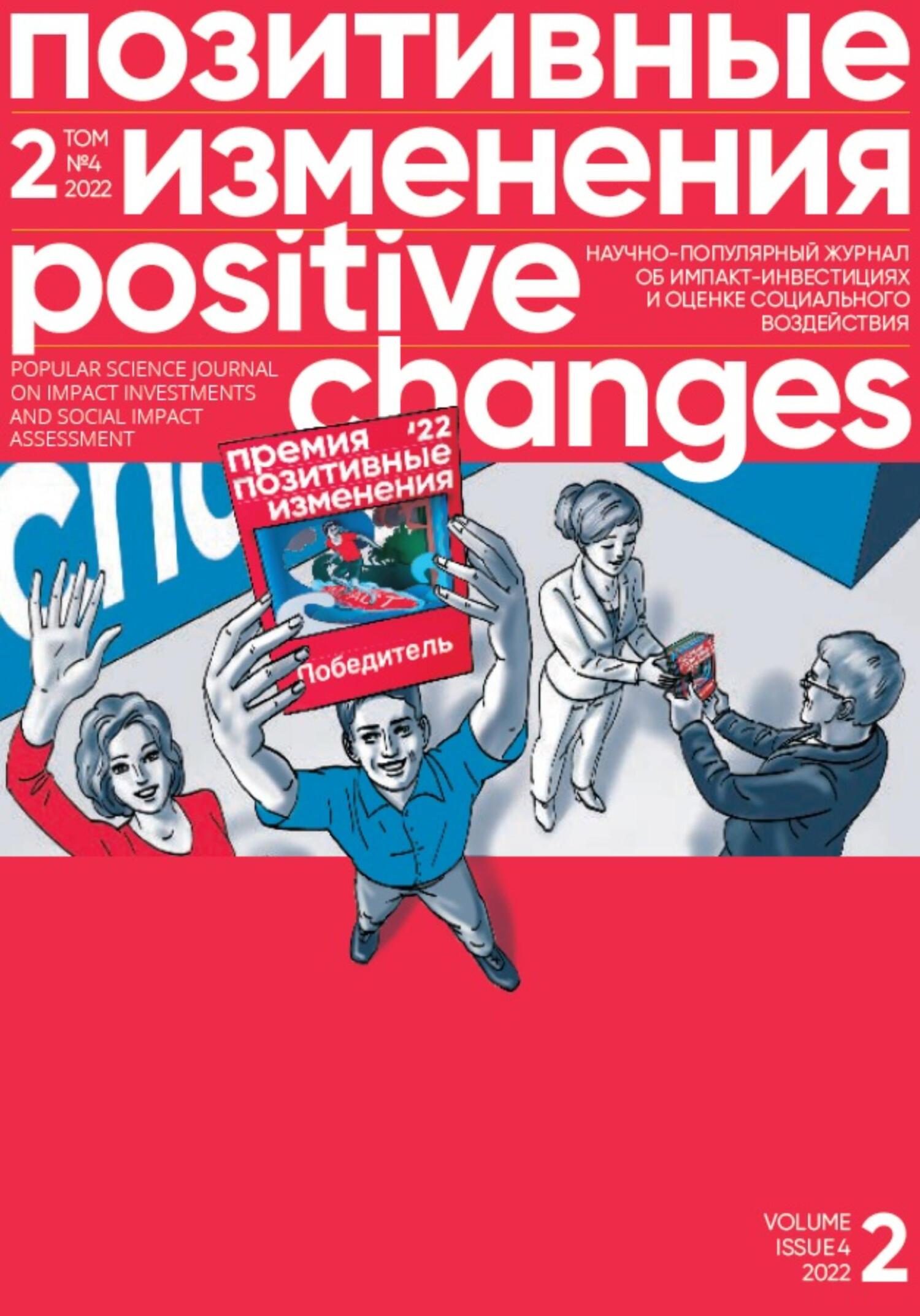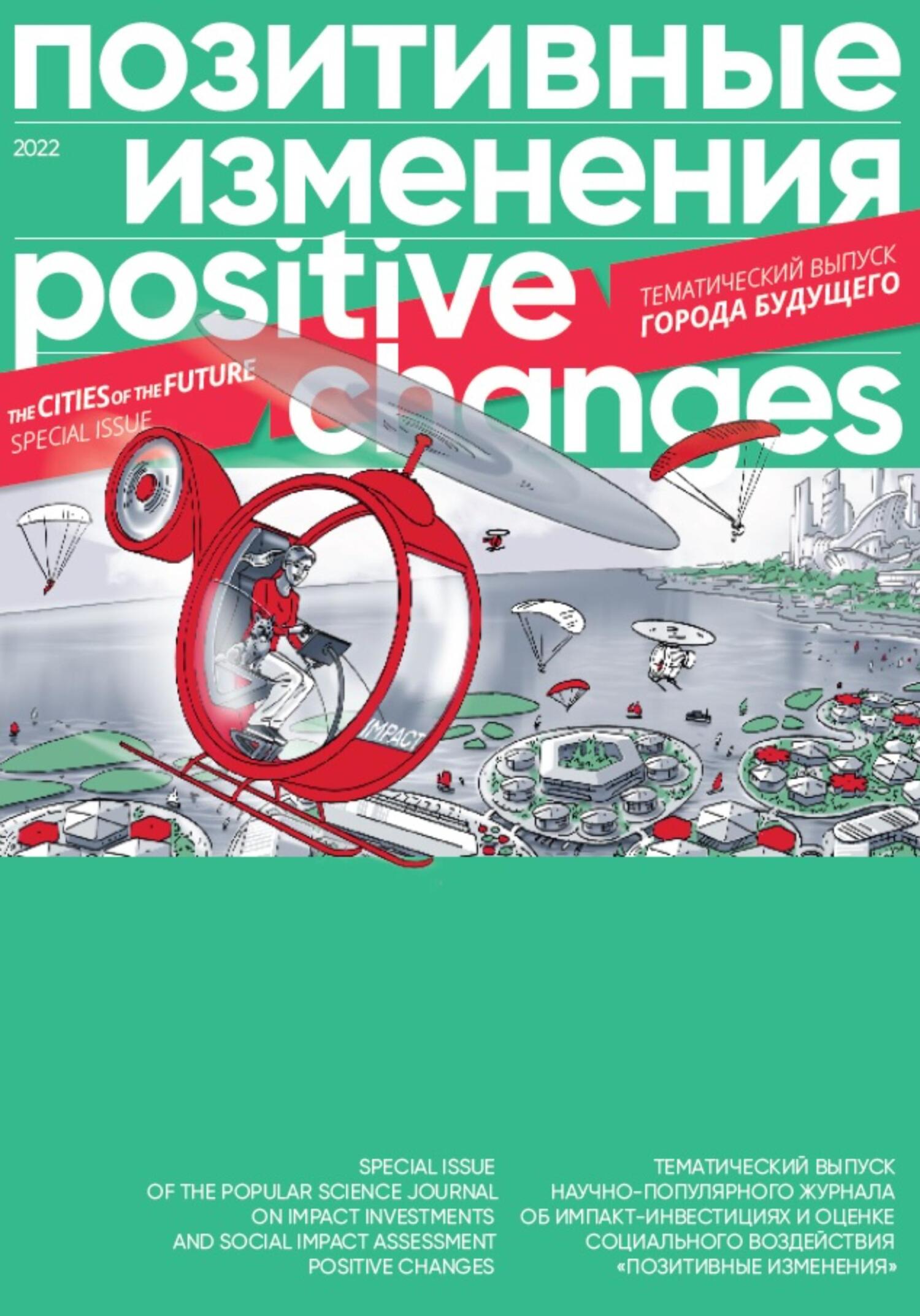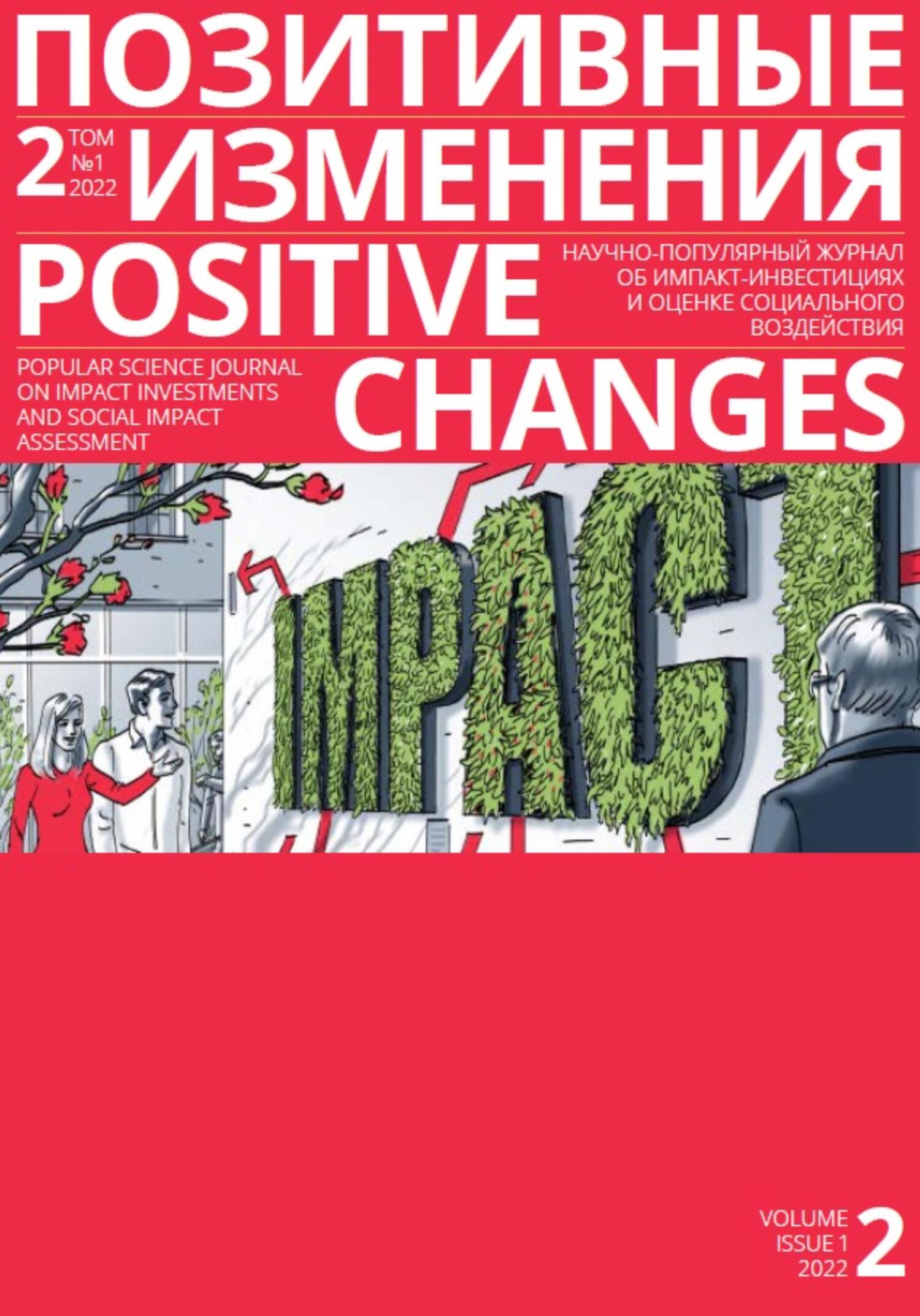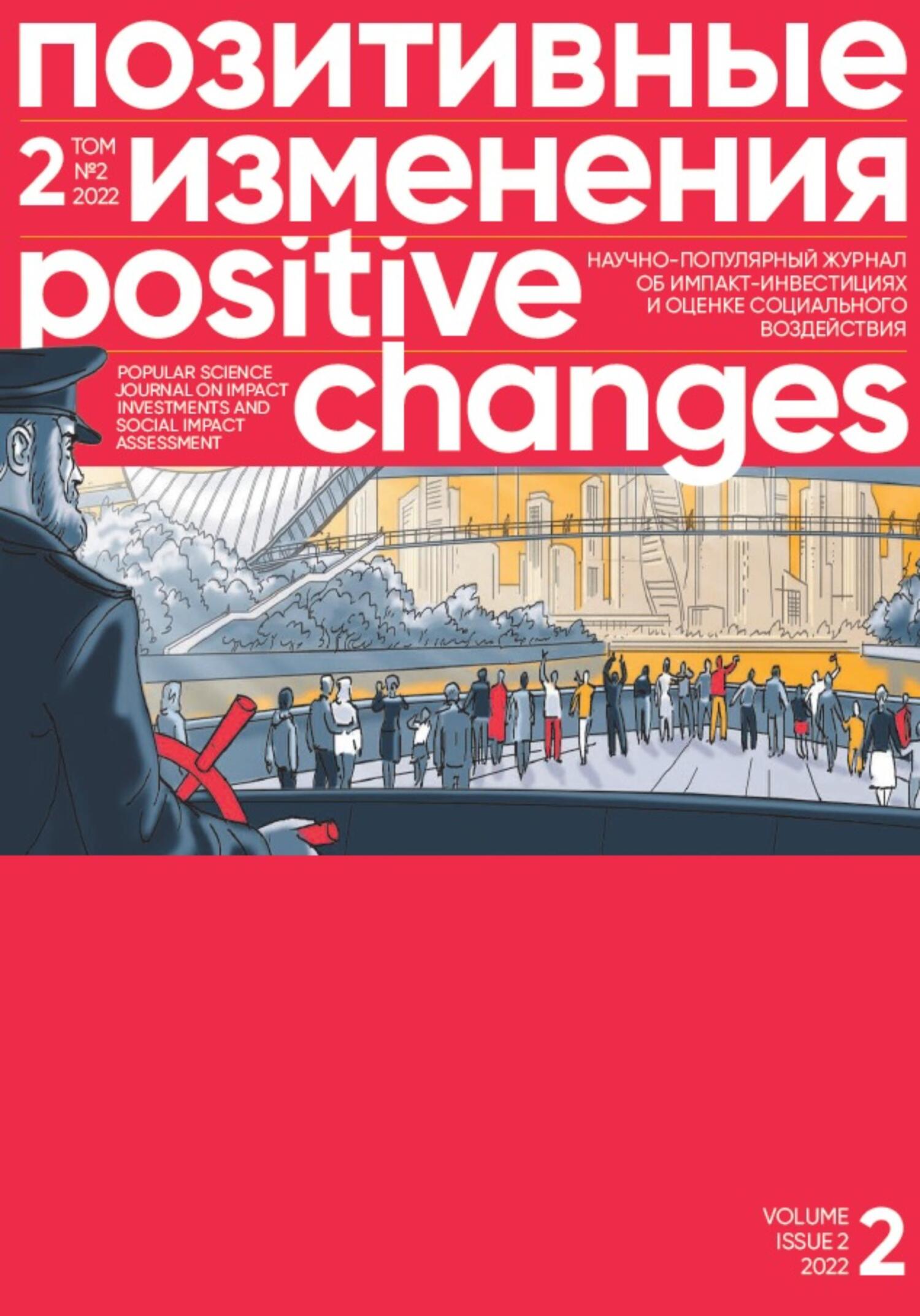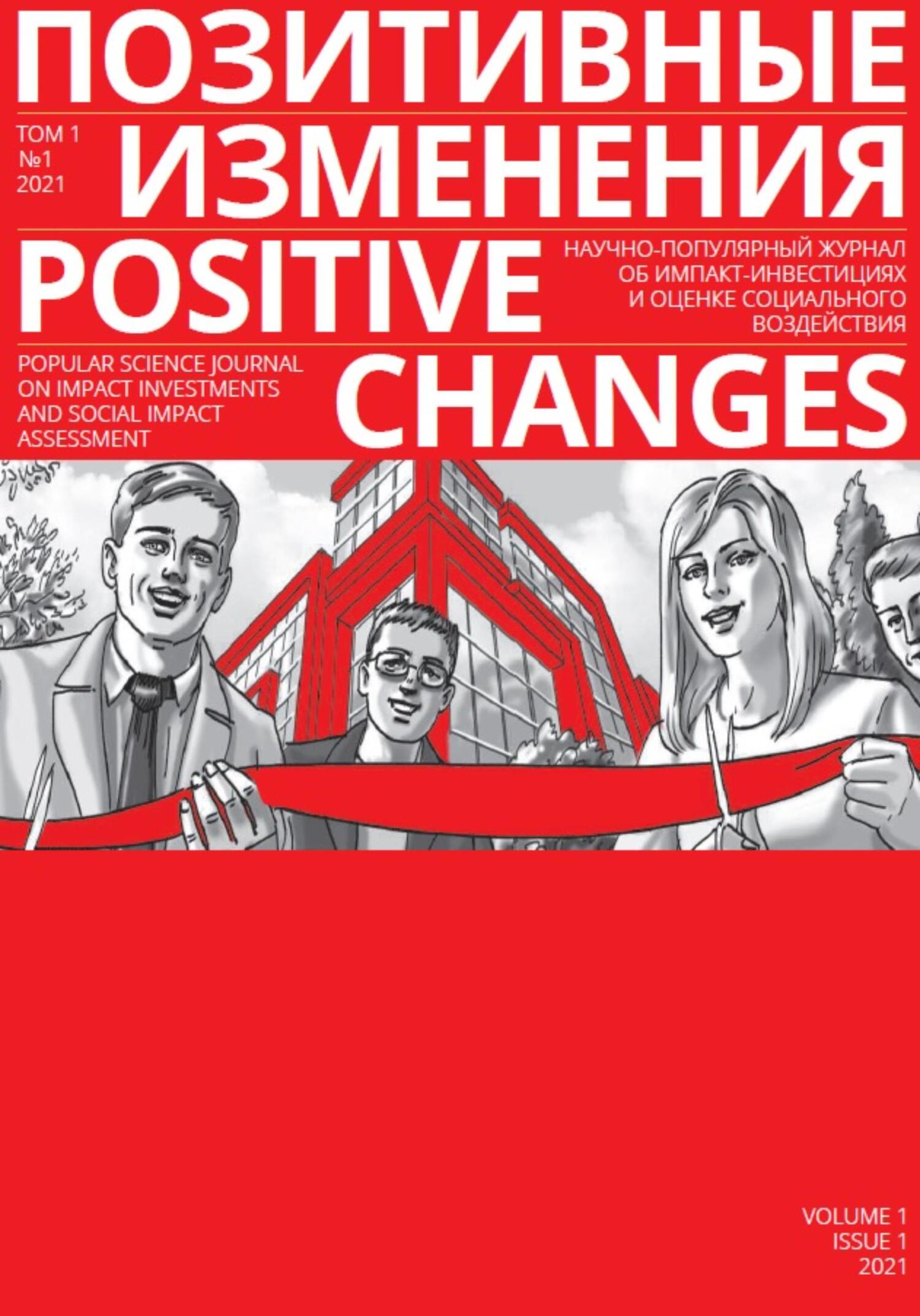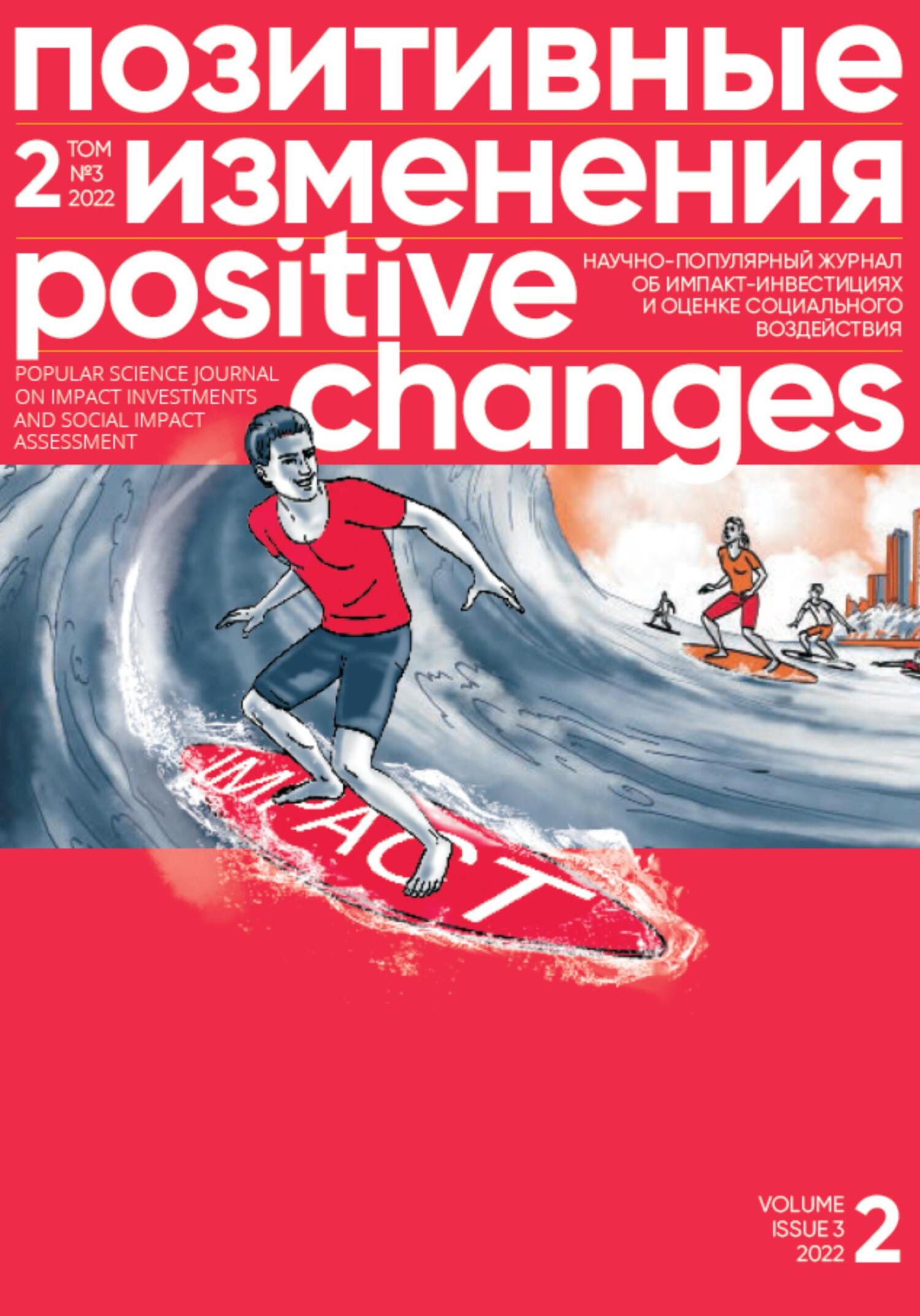имеющих как финансовые, так и моральные последствия, влияет на процесс принятия решений.
https://goo.su/7FD2zd
19. ОТ ФИДУЦИАРНОГО ДОЛГА К ПРИВЕРЖЕННОСТИ СОЦИАЛЬНОМУ ВОЗДЕЙСТВИЮ: ВОЗНАГРАЖДЕНИЕ РУКОВОДИТЕЛЕЙ В СФЕРЕ ИМПАКТ-ИНВЕСТИРОВАНИЯ
Изалин Тирион, П. Райхерт, В. Кшауфлер, Джонатан де Йонк
Статья, 31 мая 2022 г.,
Journal of Business Ethics
Инвесторы со стандартными денежными предпочтениями будут поощрять менеджера фонда к увеличению прибыли компании, что может быть достигнуто за счет вознаграждения в виде доли в прибыли. Когда инвесторами движут социальные предпочтения, неясно, какие стимулы должен получать менеджер. Мы исследуем эту загадку, применяя теорию принципала-агента к инвестированию социального воздействия — практике, когда инвесторы стремятся получить как финансовую прибыль, так и измеримое социальное или экологическое воздействие. Используя индуктивный качественный подход, мы выявляем и описываем этические противоречия и проблемы, с которыми сталкиваются менеджеры фондов при разработке и внедрении схем переменного вознаграждения, основанных на воздействии. Наши результаты показывают, что экономические стимулы, привязанные к нефинансовым целям, полезны для смягчения расхождения целей между принципалами и агентами при создании фонда, но могут привести к обратным эффектам в течение жизненного цикла фонда, когда менеджеры могут использовать субъективные нефинансовые показатели для максимизации личного богатства. Мы вводим концепцию приверженности социальному воздействию — концептуальный эквивалент фидуциарного долга — для обеспечения того, чтобы инвестиционные решения отражали предпочтения владельца активов в отношении социального воздействия.

https://goo.su/JpTB
20. СОСТАВЛЕНИЕ КАРТЫ ИМПАКТ-ИНВЕСТИРОВАНИЯ: БИБЛИОМЕТРИЧЕСКИЙ АНАЛИЗ
М. Мильявакка, Ритеш Патель, А. Палтриньери, Джон В. Гуделл
Статья, 1 октября 2022,
Journal of International Financial Markets, Institutions and Money
Импакт-инвестирование, как самая развитая форма устойчивого финансирования, привлекает все большее внимание исследователей. Однако полного библиометрического обзора по этой теме не существует. Мы составили карту научного вклада в импакт-инвестирование, выделив наиболее влиятельные направления и тенденции исследований путем проведения библиометрического обзора на основе анализа поиска по ключевым словам в базе данных Elsevier Scopus. Выборка состоит из 115 научных статей, опубликованных в журналах ABS 3+ в период с 2009 по октябрь 2021 года. Мы определяем наиболее влиятельные статьи в этой области, составляем карту различных направлений исследований в области импакт-инвестирования, визуализируем основные направления и тенденции и определяем области для дальнейших исследований. Эти выводы помогут ученым сосредоточить свои исследования на недостаточно изученных областях в этой неоднородной нише.
https://goo.su/REo2
21. ПРЕВРАЩЕНИЕ ИНВЕСТИЦИЙ СОЦИАЛЬНОГО ВОЗДЕЙСТВИЯ В НЕЧТО БОЛЬШЕЕ, ЧЕМ ПРОСТО КАПИТАЛ ДЛЯ СОЗДАНИЯ ОБЩЕСТВЕННОГО БЛАГА
Ф. Казалини, В. Векки
Статья, 25 июля 2022 года,
Business & Society
Импакт-инвестирование постепенно теряет ориентацию на реальное изменение ситуации к лучшему; поэтому рост рынка может не означать реальных социальных и экологических изменений. Мы предлагаем три способа вернуть инвестиции социального воздействия в русло «воздействия».
https://goo.su/9XuSk
Impact Investing: What Problems are Researchers Concerned About? Publications Digest
Elizaveta Zakharova
DOI 10.55140/2782–5817–2022–2–4–66–81
The field of impact investing is the point of convergence between a wide range of academic disciplines, and as the market for social entrepreneurship and reflection on measuring social impact develops, the problems taking place within these processes are being categorized actively. What the researchers in the impact investment market are focusing on is the topic of our digest of publications of the second half of 2022.
Elizaveta Zakharova
PhD student, Department of Social Sciences, National Research University Higher School of Economics
One of the most notable topics addressed in recent publications is the focus on business ethics and the attempt to address ethical issues arising with the growth of impact investing. The authors emphasize the need to ensure that social exchange practices meet ethical standards and to assess the integration of such practices into the social entrepreneurs' projects. In addition, issues related to addressing systemic inequalities are being mainstreamed: works are appearing on how to establish inclusive participation in decision-making for the direct beneficiaries of social investment. The authors of some publications bring to the forefront a conversation about the balance between the risks and contribution to addressing the social problems. They are noting an accelerated financialization of the market (i.e., the growth of financial sector expansion) and the growing role of philanthropy in reducing the risks of impact investing. The article about how fintech solutions can come handy in planning and evaluating impact investment is of particular interest in our selection. In its latest report, GIIN estimates the market for impact investing at $1.164 trillion and outlines two areas for future development: green bonds and corporate investing. Finally, there remains a tendency among researchers to attempt to systematize the accumulated scientific base around the topic of impact investing in order to highlight the most influential research directions and trends and outline the circle for new ones.
1. BLENDED SOCIAL IMPACT INVESTMENT TRANSACTIONS: WHY ARE THEY SO COMPLEX?
Michael Moran, Libby Ward-Christie
Article, 4 June 2022, Journal of Business Ethics
Blended social impact investment (SII) transactions, in which multiple types of capital are combined to support attainment of social impact, are a pervasive, yet not closely examined, feature of the SII market. This paper seeks to describe and understand blended SII transactions through the lens of institutional theory. Specifically, we use the institutional logics theoretical frame to shed light on the implications of combining several institutional logics in SII transactions. Consistent with other SII research, we find that parties to blended SII transactions combine financial /commercial and social welfare logics. However, in blended SII transactions, different combinations of these logics are enacted by different stakeholders in a multi-hybrid-logic structure. As such, we propose that blended SII transactions are hybrids-of-hybrids. We argue that it is this hybrids-of-hybrid characteristic that differentiates blended SII transactions from other forms of SII and increases the potential for significant logical misalignment and resultant conflict and contestation. From a business ethics perspective, blended SII transactions cast light on the critical and often unrecognized role that grants and concessionary capital frequently play in enabling SII in not-for-profit charitable ventures. We speculate that this can distort understanding of SII with adverse implications at the
